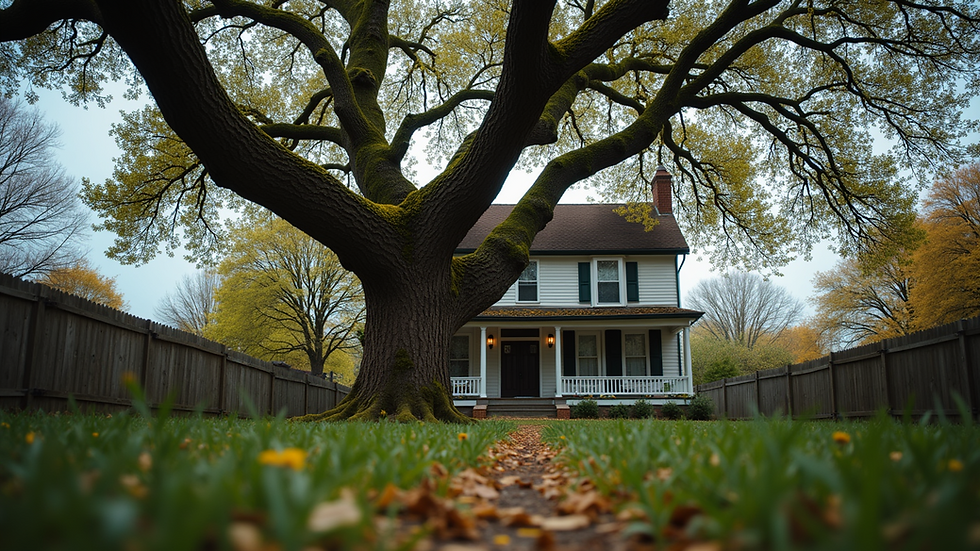Mushrooms on Trees: What They Mean and Why They Matter
- Michael Shults
- Dec 24, 2024
- 2 min read
Mushrooms growing on trees can be fascinating, mysterious, and even concerning. They’re more than just a visual detail in nature; they tell a story about the tree’s health and the surrounding environment. Let’s dive into what mushrooms on trees mean and why they’re worth paying attention to.
What Are Mushrooms on Trees?
Mushrooms are the fruiting bodies of fungi. When you see mushrooms on a tree, it’s a sign that a fungal organism is living within or on the tree. The visible mushroom is just the reproductive structure; the main body of the fungus, called mycelium, exists as a network of filaments (hyphae) that spread through the tree’s wood or bark.
Why Do Mushrooms Grow on Trees?
Decay and Decomposition:
Many fungi are decomposers, breaking down dead or dying wood. If mushrooms are growing on a tree, it often indicates that the tree’s wood is decaying. This can happen due to age, disease, or environmental stress.
Parasitic Fungi:
Some fungi are parasitic and actively harm the tree. These fungi invade living trees, causing diseases that weaken or even kill them over time.
Symbiotic Relationships:
Not all fungi are harmful. Some, like mycorrhizal fungi, form beneficial partnerships with trees, helping them absorb nutrients in exchange for sugars produced through photosynthesis. These fungi usually grow near the base of the tree rather than on the trunk.
Common Types of Tree Mushrooms
Bracket Fungi (Shelf Fungi):
These mushrooms grow in shelf-like structures on tree trunks or branches. Examples include turkey tail (Trametes versicolor) and artist’s conk (Ganoderma applanatum).
Honey Fungus (Armillaria):
Known for its golden caps, this fungus is a parasitic type that can cause root rot and kill trees.
Birch Polypore (Piptoporus betulinus):
Common on birch trees, this mushroom is often a sign that the tree is nearing the end of its life.
What Do Mushrooms on Trees Indicate?
Health Issues:
Mushrooms can signal that the tree is stressed, damaged, or suffering from internal decay.
Ecosystem Dynamics:
They play a critical role in ecosystems, breaking down organic matter and recycling nutrients into the soil.
Should You Be Concerned?
For Tree Health:
If a tree has mushrooms, it’s wise to consult an arborist. Some fungi can structurally weaken the tree, posing a risk of falling branches or even the entire tree toppling.
Safety Considerations:
Mushrooms can indicate instability in the tree’s wood, which can be hazardous in populated areas.
What Can Be Done?
Regular Inspections:
Periodically check trees for signs of mushrooms or other symptoms like cracks, hollow sounds, or dead branches.
Prompt Action:
Remove severely affected trees if they pose a risk. However, some trees with fungal growth can live for years, depending on the type of fungus and the extent of decay.
Preservation Efforts:
In natural areas, leaving decaying trees can benefit wildlife and contribute to biodiversity.
Final Thoughts
Mushrooms on trees aren’t just random occurrences; they’re indicators of ecological processes and tree health. By understanding what they mean, you can make informed decisions about tree care and appreciate the role fungi play in nature’s balance.







Comments